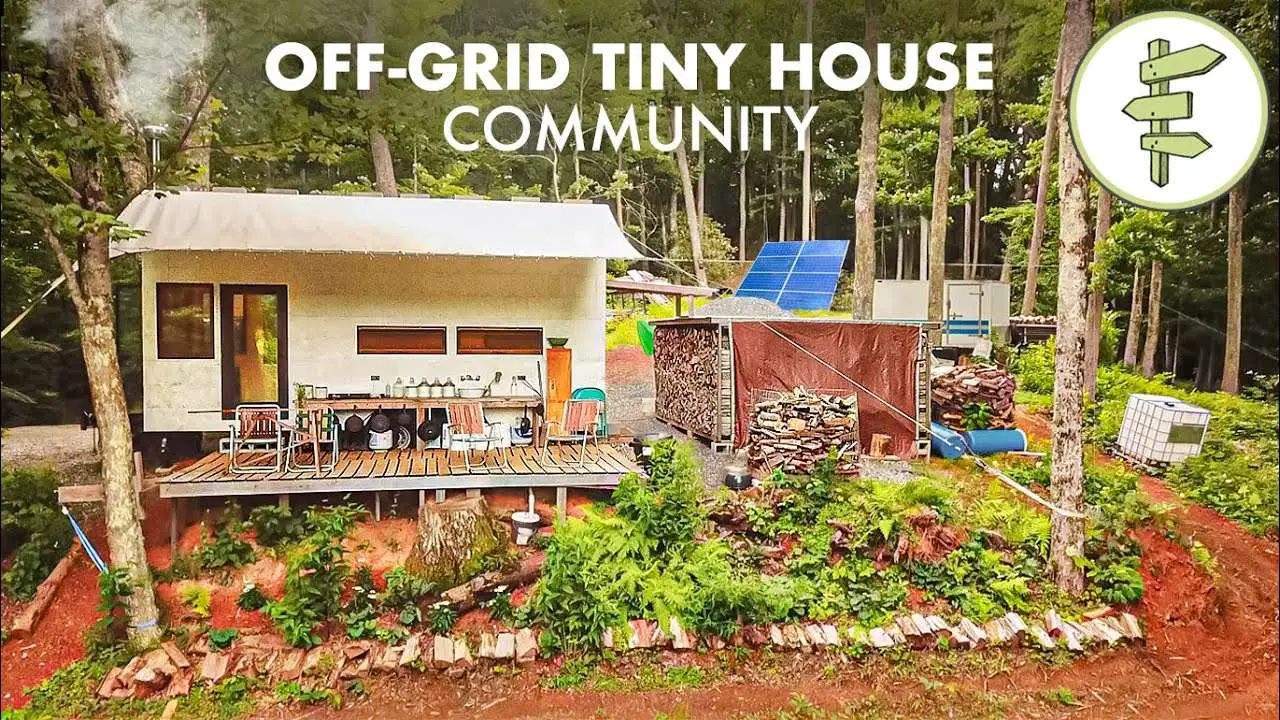In this article, we will be exploring the topic of high self-sufficiency in off-grid living. We will discuss the concept of off-grid living and what it entails. Additionally, we will define what high self-sufficiency means in this context and how it can be achieved. By the end of this article, you will have a better understanding of the principles and practices involved in living a self-sufficient lifestyle off the grid.
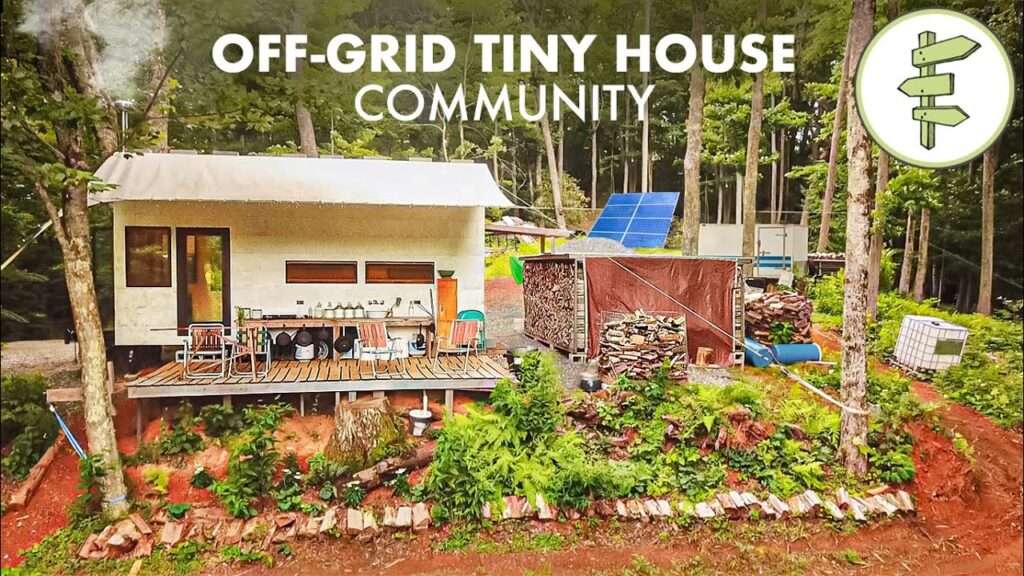
Exploring High Self-Sufficiency in Off-Grid Living
Off-grid living has become increasingly popular in recent years as more people seek to reduce their reliance on traditional utilities and embrace a sustainable and independent lifestyle. By disconnecting from the electricity grid, water supply systems, and other public utilities, individuals and communities can regain control over their lives and minimize their impact on the environment. One important aspect of off-grid living is achieving high self-sufficiency, which involves relying on one’s own resources to meet everyday needs. In this article, we will explore the concept of high self-sufficiency in off-grid living and discuss its benefits, challenges, and different approaches.
Why Choose Off-Grid Living?
There are several reasons why individuals and families choose to live off-grid. One of the primary motivations is the desire for independence and autonomy. By generating their own energy, growing their own food, and finding alternative solutions for water and waste management, off-grid dwellers can cultivate a sense of self-reliance and reduce their reliance on external systems. Additionally, off-grid living offers the opportunity to minimize one’s environmental footprint, as self-sufficient systems often rely on renewable energy sources and sustainable practices.
Benefits of Off-Grid Living
Living off-grid offers numerous benefits, both for individuals and the planet. Firstly, it allows for a greater level of resilience and preparedness in the face of disruptions to public utilities. In the event of power outages or water supply disruptions, off-grid dwellers can still maintain their basic needs and continue with their daily activities. Furthermore, off-grid living is often associated with reduced living expenses, as individuals can avoid monthly utility bills and rely on lower-cost, sustainable alternatives.
Off-grid living also promotes a closer connection to nature and a simpler way of life. By relying on renewable energy sources and sustainable practices, individuals can minimize their impact on the environment and promote ecological stewardship. Additionally, off-grid living can foster a sense of community and shared responsibility, as individuals often support and learn from each other in their journey towards self-sufficiency.
Challenges of Off-Grid Living
While the benefits of off-grid living are undeniable, it is essential to recognize the challenges that come with this lifestyle. One of the most significant challenges is the initial cost of setting up an off-grid system. Installing solar panels, wind turbines, and other necessary equipment can be expensive, requiring a significant upfront investment. However, it is important to note that these costs can be offset by the long-term savings achieved through reduced reliance on traditional utilities.
Another challenge is the learning curve and ongoing maintenance required for off-grid systems. Individuals must familiarize themselves with renewable energy technologies, water management techniques, and sustainable farming practices. This involves acquiring new skills and knowledge and being prepared to troubleshoot and maintain these systems regularly.
Additionally, the lack of convenience can be a challenge for those accustomed to the instant availability of resources and services provided by traditional utilities. Off-grid living often requires careful planning and adaptations to ensure the availability of sufficient energy, water, and food resources.
Different Approaches to Off-Grid Living
There are several approaches to off-grid living, each with its own set of considerations and characteristics. Some individuals choose to live completely self-sufficiently, generating all their energy, collecting and purifying their water, and growing their own food. Others may opt for a hybrid approach, combining self-sufficient systems with some reliance on external resources. The specific approach chosen depends on individual circumstances, resources, climate, and personal preferences.
Regardless of the chosen approach, high self-sufficiency is a common goal in off-grid living. It involves minimizing reliance on external systems and maximizing the ability to meet basic needs through self-generated resources. Achieving high self-sufficiency often involves integrating various strategies and practices in areas such as energy sources, water management, food production, waste management, building and structures, transportation, healthcare, education, technology, communication, community building, and legal and regulatory considerations. Let’s explore some of these areas in more detail.
Understanding High Self-Sufficiency
Defining Self-Sufficiency
Self-sufficiency refers to the ability to meet one’s needs using internal resources, without relying on external assistance or systems. It involves taking responsibility for basic necessities such as food, water, energy, and shelter. Self-sufficiency can be achieved to varying degrees, with some individuals aiming for complete autonomy, while others choose to supplement their self-sufficient systems with some external support.
Importance of High Self-Sufficiency in Off-Grid Living
High self-sufficiency is particularly important in off-grid living, as it allows individuals to maintain their quality of life regardless of external circumstances. By reducing reliance on traditional utilities, off-grid dwellers can ensure continued access to vital resources such as energy and water, even during power outages or disruptions to public systems. High self-sufficiency also promotes a greater degree of resilience and preparedness, as individuals are less vulnerable to external factors that may affect the availability or affordability of resources.
Factors Influencing Self-Sufficiency
Several factors influence the degree of self-sufficiency that can be achieved in off-grid living. Geographic location plays a crucial role, as it affects the availability of resources such as sunlight for solar energy, wind for wind power, water sources for harvesting, and land for farming. Climate is another vital factor, as it determines the feasibility of certain practices such as gardening and livestock rearing. Additionally, individual skills, knowledge, and resources also influence the level of self-sufficiency that can be attained.
Benefits of Achieving High Self-Sufficiency
There are numerous benefits to achieving high self-sufficiency in off-grid living. Firstly, it provides a sense of security and peace of mind, knowing that one’s basic needs can be met independently. High self-sufficiency also promotes a more sustainable and eco-friendly lifestyle, as individuals rely on renewable energy sources, practice sustainable agriculture, and minimize waste. Furthermore, achieving high self-sufficiency fosters a greater connection to the natural world, promoting a simpler, more intentional way of life.
In the next sections, we will explore various aspects of high self-sufficiency in off-grid living, including energy sources, water management, food production, waste management, building and structures, transportation, healthcare, education and skills, technology and communication, community building, and legal and regulatory considerations.
Energy Sources
One of the fundamental aspects of self-sufficiency in off-grid living is generating one’s own energy. By harnessing renewable energy sources, individuals can meet their electricity needs while minimizing their impact on the environment. Here are some common energy sources used in off-grid living:
Solar Power
Solar power is perhaps the most widely used renewable energy source in off-grid living. By installing solar panels, individuals can convert sunlight into electricity to power their homes and appliances.
Wind Power
Wind power is another popular option, especially in areas with consistent wind patterns. Wind turbines can generate electricity by harnessing the power of the wind.
Hydroelectric Power
Hydroelectric power utilizes the energy of flowing water to generate electricity. It is commonly used in off-grid settings where there is access to a stream or river.
Geothermal Energy
Geothermal energy harnesses the natural heat from the Earth’s core to generate electricity and provide heating and cooling for off-grid homes.
Biomass Energy
Biomass energy involves using organic materials such as wood pellets, agricultural waste, or animal manure to produce heat or electricity. It is a sustainable alternative to fossil fuels.
These various energy sources can be used individually or in combination to achieve high self-sufficiency in off-grid living, providing a reliable and sustainable source of electricity.
Water Management
Another crucial aspect of high self-sufficiency in off-grid living is efficient water management. In off-grid settings, individuals often need alternative solutions for water supply, storage, and purification. Here are some common practices and techniques in water management:
Rainwater Harvesting
Rainwater harvesting involves collecting rainwater from rooftops or other surfaces and storing it for later use. This water can be used for various purposes, including drinking, cooking, gardening, and livestock rearing.
Well Digging
Digging a well provides access to underground water sources. Individuals can install hand pumps or electric pumps to bring the water to the surface for use in the household.
Purification and Filtration Techniques
Water purification and filtration techniques are essential to ensure the safety and quality of off-grid water sources. Methods such as boiling, filtration, and chemical treatment can be used to remove contaminants and make water suitable for consumption.
Water Conservation Methods
Water conservation is key in off-grid living, as resources may be limited. Implementing practices such as low-flow fixtures, rainwater recycling, and greywater reuse can significantly reduce water consumption.
By implementing these water management techniques, individuals can optimize their water resources and reduce their reliance on external water supplies.
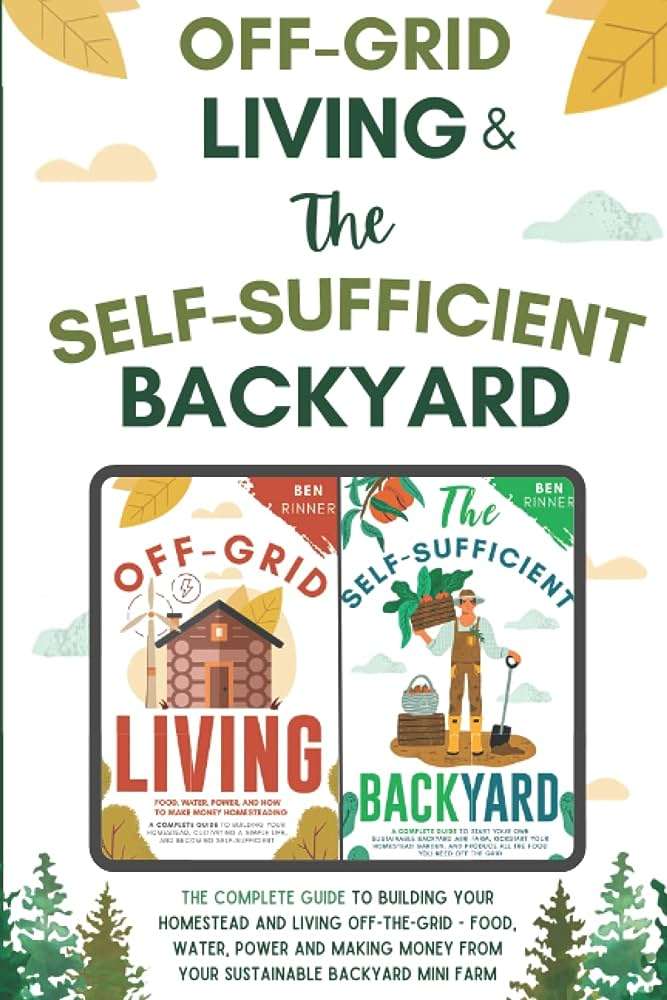
Food Production
Growing food is a critical component of high self-sufficiency in off-grid living. By establishing productive gardens or farms, individuals can provide a significant portion of their food needs. Here are some common methods and practices in food production:
Gardening and Farming
Traditional gardening and farming involve cultivating crops in soil, either in raised beds, containers, or open fields. This method requires careful planning and attention to factors such as soil quality, climate, and crop selection.
Permaculture
Permaculture is an approach that aims to mimic natural ecosystems, creating self-sustaining and productive food systems. It emphasizes biodiversity, soil health, and ecological balance.
Aquaponics
Aquaponics combines aquaculture (raising fish) and hydroponics (growing plants in water) in a symbiotic system. The waste produced by the fish provides nutrients for the plants, while the plants filter the water for the fish.
Livestock and Poultry
Rearing livestock and poultry can provide a sustainable source of protein and other essential nutrients. Individuals can raise animals such as chickens, goats, or rabbits for eggs, milk, meat, and other byproducts.
Food Preservation and Storage
To ensure a steady food supply throughout the year, individuals must implement food preservation and storage techniques. Methods such as canning, dehydrating, fermenting, and root cellaring can be used to preserve food for longer periods.
By combining these food production methods and techniques, off-grid dwellers can achieve significant self-sufficiency in meeting their nutritional needs.
Waste Management
Proper waste management is crucial in off-grid living to maintain a clean and healthy environment. Here are some common practices and techniques for waste management:
Composting
Composting involves the decomposition of organic waste materials, such as food scraps and yard waste, into nutrient-rich compost. This compost can be used to fertilize gardens and improve soil health.
Recycling
Recycling is an integral part of waste management, even in off-grid living. Individuals can recycle materials such as paper, plastic, glass, and metal to reduce waste and conserve resources.
Greywater Systems
Greywater refers to wastewater from sources such as sinks, showers, and laundry. Greywater systems allow for the treatment and reuse of this water for non-potable purposes, such as watering plants or flushing toilets.
Septic Systems
Off-grid homes often require septic systems for the proper treatment and disposal of human waste. These systems prevent contamination of groundwater and the surrounding environment.
Reducing Household Waste
In addition to proper waste disposal techniques, individuals must actively work to reduce household waste generation. Practices such as mindful consumption, composting, and repurposing can significantly reduce waste and promote sustainability.
By implementing these waste management practices, off-grid dwellers can minimize their impact on the environment and maintain a healthy living space.
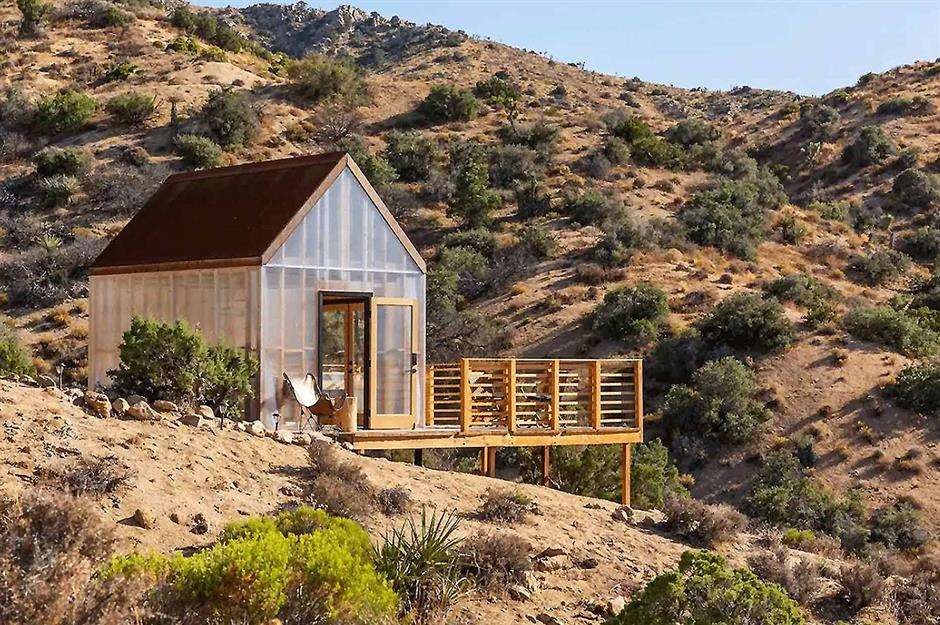
Building and Structures
The choice of materials and design of off-grid buildings and structures plays a significant role in achieving high self-sufficiency. Sustainable and energy-efficient design principles can be implemented to minimize energy consumption and maximize environmental harmony. Here are some considerations in building and structures:
Choosing Sustainable Materials
Using sustainable materials such as reclaimed wood, natural fibers, and recycled materials reduces the environmental impact of construction. These materials are often renewable, durable, and have a lower carbon footprint.
Energy-Efficient Design
Designing off-grid homes with energy efficiency in mind can significantly reduce energy consumption. Strategies such as proper insulation, passive solar design, and efficient appliances and lighting systems can optimize energy use.
Passive Cooling and Heating Techniques
Passive cooling and heating techniques utilize natural elements to regulate indoor temperatures without relying on active systems. Strategies such as shading, natural ventilation, and thermal mass can help maintain comfort without excessive energy use.
Alternative Construction Methods
In off-grid living, there is room for innovation and exploration of alternative construction methods. Techniques such as earthbag construction, straw bale construction, or tiny homes offer sustainable and cost-effective alternatives to traditional building methods.
The careful consideration of these building and structure aspects can enhance self-sufficiency in off-grid living, ensuring minimal environmental impact and optimal use of resources.
Transportation
Transportation is an important aspect of off-grid living, as it allows individuals to access essential resources, services, and community interactions. Here are some considerations for sustainable transportation in off-grid living:
Bicycles and Electric Vehicles
Bicycles are an environmentally friendly and cost-effective mode of transportation, especially for shorter distances. Electric vehicles (EVs) powered by renewable energy sources can provide a sustainable alternative for longer trips.
Public Transportation
Utilizing public transportation whenever possible helps reduce the environmental impact of commuting and promotes community connections.
Car Sharing
Car sharing programs allow multiple individuals or households to share a vehicle, reducing the overall number of cars on the road and promoting resource efficiency.
Alternative Fuels
Exploring alternative fuels, such as biodiesel or hydrogen, can further reduce the environmental impact of transportation in off-grid living.
By incorporating these transportation methods into their daily lives, off-grid dwellers can minimize their carbon footprint and promote sustainable mobility.
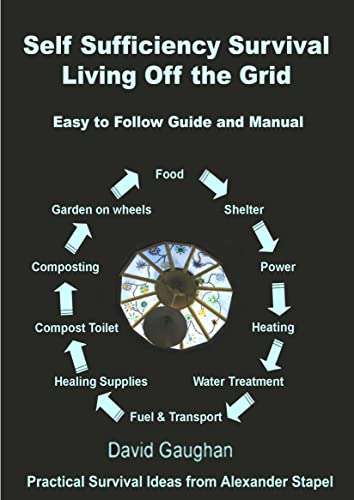
Healthcare and First Aid
In off-grid living, healthcare and first aid practices often rely on self-sufficiency and natural remedies. Here are some considerations for healthcare in off-grid living:
Natural Remedies
Exploring natural remedies, such as herbal medicine and essential oils, can provide alternatives to conventional pharmaceuticals for common ailments and promote self-sufficiency.
Herb Gardening
Growing medicinal herbs at home allows individuals to have a readily available supply of natural remedies.
First Aid Training and Supplies
Acquiring first aid training and stocking up on essential first aid supplies is crucial in off-grid living, where professional medical assistance may not be readily available.
Alternative Medicine
Exploring alternative and holistic healthcare practices, such as acupuncture or chiropractic care, can complement self-sufficiency in off-grid living.
Emergency Preparedness
Preparing for medical emergencies is essential in off-grid living. Individuals should have emergency kits, know basic first aid techniques, and be familiar with medical evacuation procedures if necessary.
By considering these healthcare and first aid practices, off-grid dwellers can maintain their health and well-being in self-sufficient living.
Education and Skills
Acquiring knowledge and developing practical skills are essential for achieving high self-sufficiency in off-grid living. Here are some considerations for education and skills:
Teaching Self-Sufficiency
Teaching self-sufficiency to future generations is important for the long-term sustainability of off-grid living. Sharing knowledge and practical skills within the community can help preserve this way of life.
Self-Education Resources
There are abundant self-education resources available, such as books, online courses, and workshops, that can help individuals gain the knowledge and skills necessary for off-grid living.
Learning Practical Skills
Acquiring practical skills, such as gardening, carpentry, and basic plumbing, is crucial for self-sufficiency. Individuals should invest time in learning these skills or seek apprenticeships with experienced individuals.
Community Knowledge Sharing
Communities of off-grid dwellers often come together to share knowledge, resources, and skills. Participating in community knowledge sharing events and workshops can foster a sense of collaboration and support.
By prioritizing education and skills development, individuals can enhance their self-sufficiency and contribute to the sustainability of off-grid living.
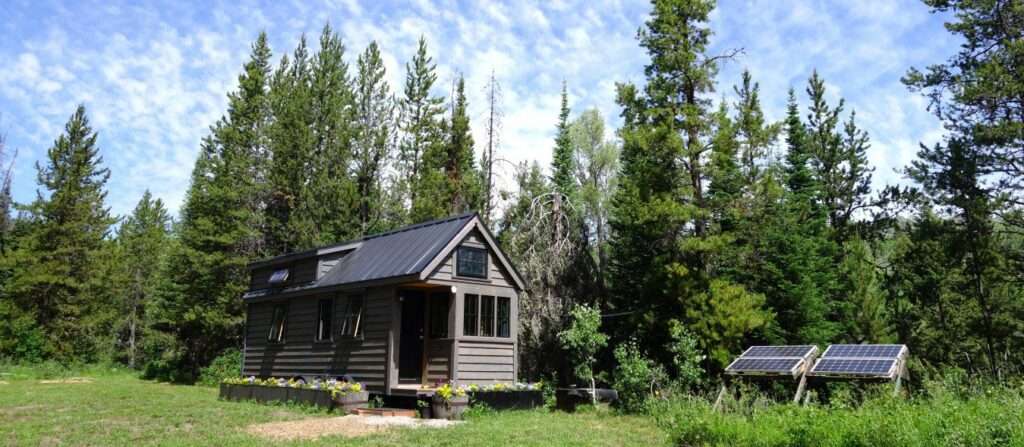
Technology and Communication
Technological advancements offer exciting opportunities for off-grid living. Here are some considerations for technology and communication in self-sufficient living:
Off-Grid Internet Solutions
There are various off-grid internet solutions available, such as satellite internet or mesh networks, that allow individuals to stay connected and access information even in remote locations.
Renewable Energy-Powered Devices
Utilizing renewable energy to power devices such as computers, phones, and other essential electronics helps maintain connectivity in off-grid living.
Alternative Communication Methods
In areas with limited or no cell phone coverage, alternative communication methods such as two-way radios or satellite phones can ensure reliable communication.
By embracing appropriate and sustainable technology, off-grid dwellers can enjoy the benefits of connectivity while maintaining their self-sufficient lifestyle.
Community Building
Creating and nurturing sustainable communities is a vital aspect of off-grid living. Here are some considerations for community building:
Creating Sustainable Communities
Off-grid communities often prioritize sustainability, resilience, and shared values. Encouraging and supporting the development of sustainable communities creates a sense of belonging and shared responsibility.
Sharing Resources and Skills
Communities can engage in resource sharing and skill exchanges to enhance self-sufficiency and build stronger connections among members.
Collaborative Decision-Making
Making decisions collectively, using consensus-based decision-making processes, promotes inclusivity and encourages shared responsibility among community members.
Community Resilience
Building resilience within the community helps individuals cope with challenges and uncertainties. This can be achieved through emergency preparedness, mutual support systems, and community-level projects.
By actively participating in community building, off-grid dwellers can create supportive, resilient, and sustainable communities that thrive on high self-sufficiency.
Legal and Regulatory Considerations
Navigating legal and regulatory frameworks is crucial in off-grid living to ensure compliance and avoid potential conflicts. Here are some legal and regulatory considerations:
Zoning and Building Codes
Familiarizing oneself with local zoning and building codes helps ensure that off-grid systems and structures align with legal requirements.
Environmental Permits
In some areas, obtaining environmental permits may be necessary for certain off-grid activities, such as building water retention ponds or installing solar panels.
Water and Land Rights
Understanding water and land rights is particularly important for individuals relying on off-grid water sources or engaging in farming activities.
Off-Grid Living Regulations
Some areas may have specific regulations or restrictions regarding off-grid living. It is essential to research and understand relevant regulations to avoid legal issues.
By being aware of and adhering to legal and regulatory considerations, off-grid dwellers can maintain harmony with the surrounding community and avoid potential conflicts.
Conclusion
Achieving high self-sufficiency in off-grid living is a transformative and empowering journey. By reducing reliance on external systems and maximizing the use of self-generated resources, individuals and communities can embrace a sustainable and independent lifestyle. Through careful consideration of energy sources, water management, food production, waste management, building and structures, transportation, healthcare, education and skills, technology and communication, community building, and legal and regulatory considerations, off-grid dwellers can pave the way for a more resilient and sustainable future.
Embracing high self-sufficiency in off-grid living offers countless benefits, from reduced living expenses and increased autonomy to a closer connection with nature and a simpler way of life. By taking control of their own resources and cultivating a sense of community, off-grid dwellers can thrive in a sustainable and independent manner, setting an example for a better future.
So, if you are ready to embark on this exciting journey of exploring high self-sufficiency in off-grid living, embrace the challenges, seize the opportunities, and enjoy the rewards of a more sustainable and fulfilling lifestyle.

